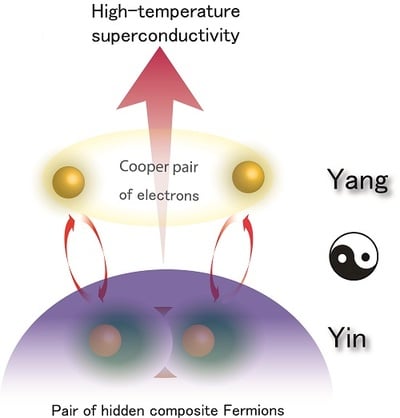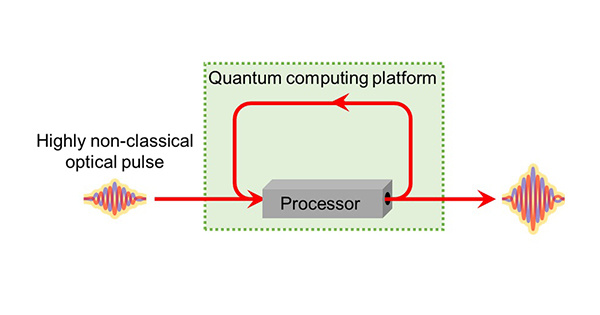Authors
Shiro Sakai, Marcello Civelli, and Masatoshi Imada
Abstract
International research group (Shiro Sakai, Research Associate at Department of Applied Physics, University of Tokyo and currently Research Scientist at Center for Emergent Matter Science, RIKEN; Marcello Civelli, Assistant Professor at Paris-Sud University; Masatoshi Imada, Professor at Department of Applied Physics, University of Tokyo) has discovered a new mechanism of stabilizing the superconductivity in copper oxides at high temperatures.

Some copper oxides are known to show superconductivity at remarkably high temperatures, compared to other materials. While its mechanism has not yet been fully understood, many theories have been proposed: Most of these theories are based on the picture that some composite particle of Boson type, emerging from many interacting electrons, causes the superconductivity.
The research group has performed a computer simulation based on a state-of-the-art theory which can deal with the electronic interaction effects accurately, and found an anomalous behavior of electrons which cannot be accounted for by the above-mentioned preexisting scenarios involving only a Boson-type composite particle. The research group has analyzed the behavior in depth and elucidated that it can be explained if a composite particle of Fermion type, not Boson type, is present. This composite Fermion is not an elementary particle (like electron itself) but emerges from the many interacting electrons as an excitation in a solid. As illustrated in the figure, electrons sometimes transform into the composite Fermion and turn back, and this transfer has been found to stabilize the superconductivity up to high temperatures.
The research group emphasizes the following future issues to be pursued on the basis of the present achievement: Because the composite Fermion is hidden and elusive in experiments, it is desired to propose a devised experiment to detect it. Another future issue is to clarify its relevance to other high-temperature superconductors such as iron-based superconductors. In order to produce higher-temperature superconductors, it is necessary to fully identify and control the hidden composite Fermion. This provides us with a new guideline to design new high-temperature superconductors.
This article will be published by "Physical Review Letters" in Fabruary, 2016.
Abstract URL:http://journals.aps.org/prl/abstract/10.1103/PhysRevLett.116.057003
You May Also Like
These Related Stories


